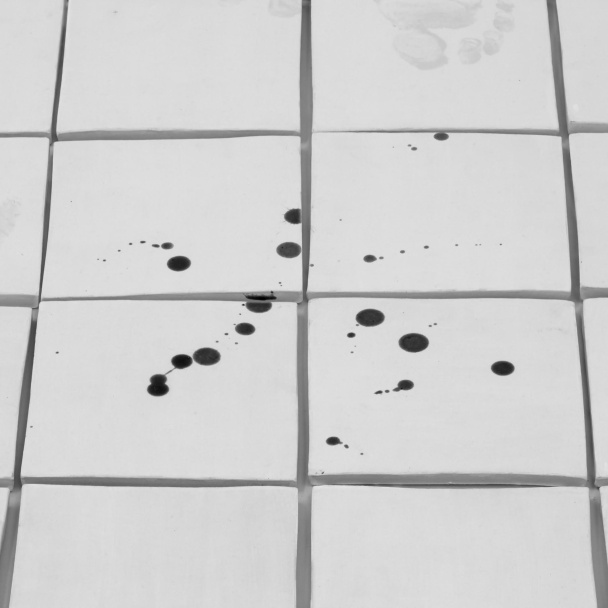Lines & The Grammar of Art (Visual Analysis #1)
As one pours over the introductory powerpoint to the wide world of Art 201, the prospective student is introduced to the language of lines.
Lines are the building blocks of any given artistic piece, and from a given line a host of variations ensue, with regards to: shape (such as curvilinear; i.e. a hill side in a landscape or the curvature of the human body found in uses of contrappostoo), color, light, texture etc.
It is upon the more basic building blocks that a grammar of sorts emerges, and interplay between categories of lines. This can be accomplished with implied lines, i.e. lines formed without actually creating lines such as the contrasting of colors between spaces in a piece.
Or this can alsop be accomplished via psychological means, i.e. sight-lines between subjects in a piece, or hidden gestures of said subjects. The latter can be a subtle means of providing a direction for the viewers eyes to focus on certain elements of a given work.
Take for example, this piece below by Julia Phillips, dubbed Positioner (2016), prominently featured at the Museum of Modern Art:

There are definitely lines in this abstracted piece, but they are formed from the use of negative space in-between the ceramic tiles, so the viewer sees a grid or cage, perhaps, rather than simply empty space. While mostly 2 dimensional, there is a droplet that seeps down between one of the cracks in the upper left, off center portion.
This brings to mind the subject of the piece “slipping through the cracks“, maybe? This is another example of psychological implication by visually representing a common phrase, implying that the subject is a casualty of some external force at work, be it society, the universe, or a deity.
The blood droplets are arranged in a pattern which also features another interesting aspect of artistic grammar, which is that of the implied shape.
On first glance it appears to be some sort of star, but if one tilts their head slightly to the left, one can see a rudimentary emergent body resembling that of a dead human carcass that is infamous in cinematic crime scenes.
The bigger droplets would then take on new meaning as the main appendages of the body, with the smaller satellite droplets away from the center of focus representing more literal blood.
Finally, this work is also an example of the abstracted, rather than abstract style. The latter would entail no real analogue in the material world to reference to, but clearly the intent behind this piece was to emulate a physical something, despite its deceptive minimalist palette and number of features.
The biggest clue to this being an abstracted piece also lies in the sly use of a footprint in the center top, adjacent to the the droplets below.
The work was clearly meant to link to a representation of a human in some way. The positioning of the lower droplets in the piece Positioner, all puns aside, seem to also indicate the shape of legs. The smaller medium sized droplets on the left arching away from the bigger droplet on the right reaffirms this as purposeful on the artist’s intent.
When one takes into account the arch typical crime scene, one realizes that the droplets are indeed emulating a classical cinematic trope of the dead victim surrounded by yellow tape.